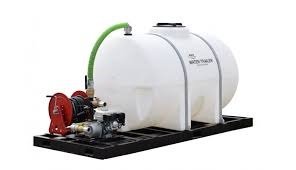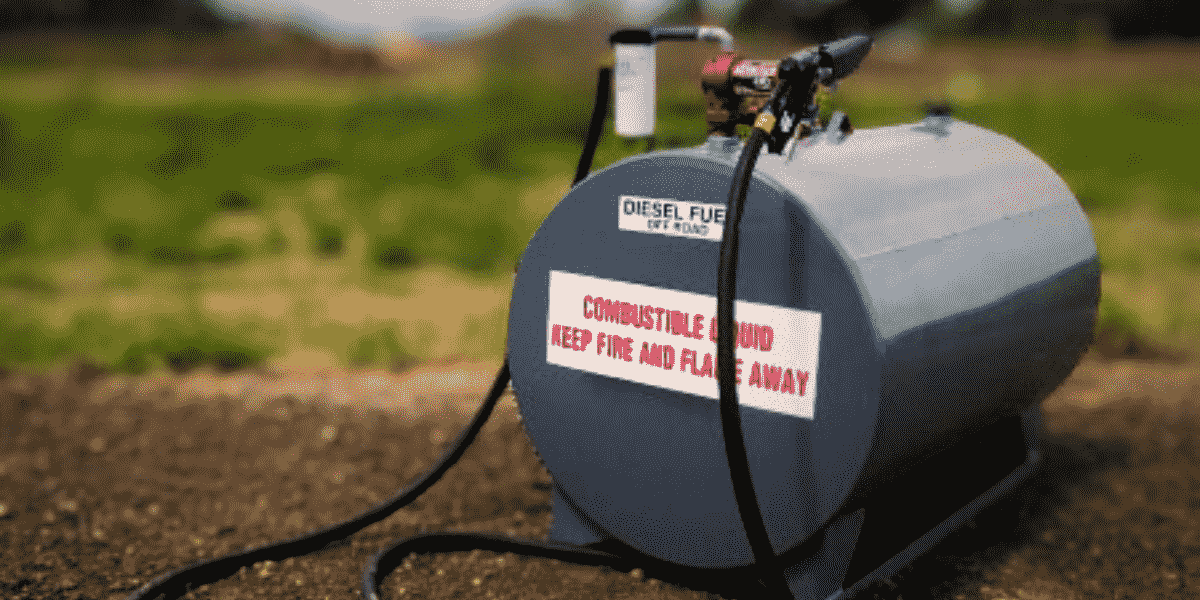Understanding the 300 Gallon Oil Tank
The 300-gallon oil tank has become a sign of security when it comes to storing fuel. It can accommodate numerous businesses if there is enough storage. It makes sure there’s always power when it’s needed. Businesses can store enough without having to store too much because of the size of this tank.
Significance of Storage Capacity
Storage capacity of 300 gallon oil tank is about more than just holding as much as possible, especially in the oil and gas business. Saving money, being efficient, and having a backup are key. The 300-gallon volume is just right, especially for medium-sized businesses.

Primary Uses and Industries Served
These tanks are prevalent in sectors like agriculture, manufacturing, and even at fueling stations. They serve as a primary or backup storage solution, ensuring operations run smoothly without hiccups.
The 300 Gallon Gas Tank
When we speak of the 300-gallon oil tank, we’re addressing a slightly different need. While similar in capacity to the oil tank, their
(tanks) construction, safety features, and even the material might vary.
Comparison with the Oil Tank
The main difference between them is how they are used. Oil tanks are usually used to store heating oil or for business purposes. Gas tanks, on the other hand, are mostly used to store gasoline, which is often used in cars or other machines.
Choosing a 250-gallon oil tank over a 300-gallon one isn’t just a matter of size; it’s a conscious decision to maximize efficiency, minimize waste, and make every drop count.
Safety Precautions and Maintenance Tips
Gasoline is flammable, making safety paramount. Regularly inspect for leaks, ensure the tank is grounded, and always keep it away from ignition sources.
Diving into the 300 Gallon Double Wall Fuel Tank
Double-wall tanks are the epitome of safety and reliability. They greatly decrease spills and leaks with increased protection.
Benefits of Double Wall Protection
This added protection isn’t just about preventing spills. It’s also a safeguard against potential contamination, ensuring the purity of the stored fuel.
Who Needs One and Why?
Industries or setups located in environmentally sensitive areas or places with a high risk of contamination should invest in these tanks. It’s all about taking that extra step for safety.
The Utility of a 300 Gallon Fuel Transfer Tank
Transfer tanks, as the name suggests, are all about mobility. They’re designed to transport fuel from one location to another with ease.
Advantages Over Regular Fuel Tanks
Mobility is their biggest advantage. With sturdy handles, wheels, or even mechanisms to mount them on vehicles, transferring fuel has always been challenging.
Use Cases: When and Where to Use?
These are best suited for sites like construction zones, remote locations, or even large farms where moving fuel efficiently becomes critical.
Getting to Know the 300 Gallon Fuel Tank Dimensions
Knowing your tank’s dimensions is about more than just ensuring you have enough space. It’s about optimizing space, ensuring safety, and even complying with local regulations.
Physical Dimensions and their Importance
A typical 300-gallon oil tank might measure around 48 inches in diameter and 68 inches in height. However, these can vary based on design and additional features.
Placement and Installation Tips
Always ensure a level ground, maintain some clearance from walls or other structures, and keep it accessible for inspections or refills.
All About the 300 Gallon Skid Tank
300 Gallon Skid tanks are the go-to solution for temporary setups or when mobility within a specific site is crucial. They’re designed to be moved easily using skids or mounts.

What Makes It Unique
Unlike other tanks, skid tanks can be shifted without emptying them fully, offering unparalleled flexibility.
Applications in the Modern Industry
They’re indispensable in places like event venues, temporary setups for film shoots, or even military camps.
Conclusion
Understanding the intricacies of 300-gallon fuel storage solutions – be it oil tanks, gas tanks, or specialized ones like skid or double-walled tanks – is essential for optimizing storage, ensuring safety, and getting the best value for money. With this guide, you’re now well-equipped to make an informed decision for your fuel storage needs.
FAQs “Frequently Asked Questions”
What is the primary difference between a gas tank and an oil tank?
Gas tanks are designed to store gasoline, primarily used for vehicles. In contrast, oil tanks are for heating oil or other industrial applications.
How often should I inspect my 300-gallon fuel tank?
We propose a full annual inspection. However, monthly checks for leaks or damages can help ensure longevity for the 300 gallon oil tank.
Are double-wall fuel tanks mandatory?
In certain areas, especially environmentally sensitive zones, they might be mandated by local regulations due to their enhanced safety features.
How do I clean my 300-gallon fuel tank?
Regular cleaning involves draining the tank, checking for residues or sediments, and then cleaning with industry-approved cleaners.
Can I move a skid tank when it’s full?
Yes, skid tanks are designed for mobility even when partially or fully loaded, but always ensure safety precautions are followed.
What’s the average lifespan of these tanks?
With proper maintenance and care, these tanks can easily last between 15 to 20 years.







